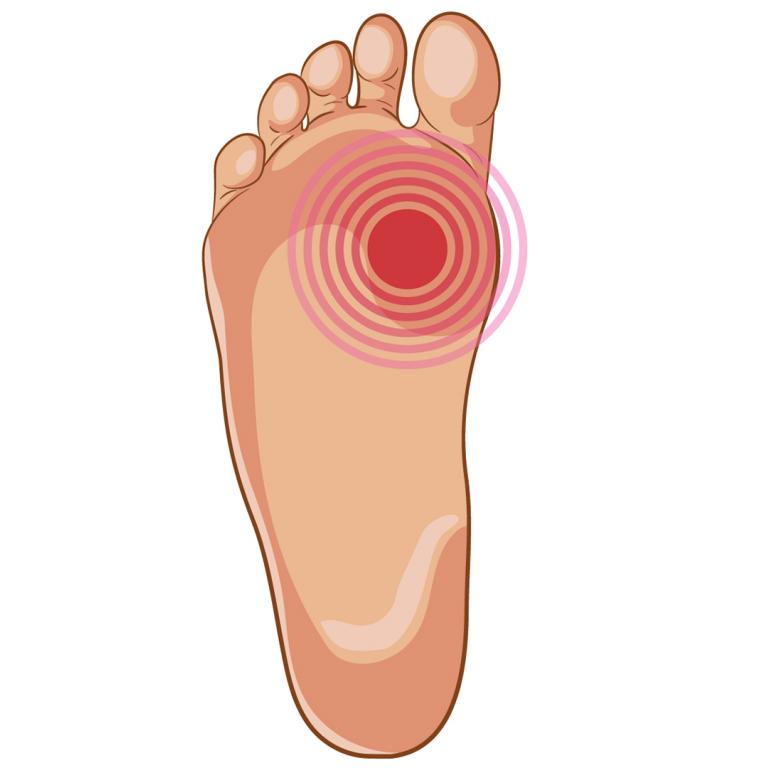

How To Test For + Treat Carpal Tunnel Syndrome, According To A D…

Q&A with Organizational Pro Peter Walsh + Dermatologist Shares A…

Actor Hank Azaria + Freezer Meals + Artichokes 2 Ways with Rach

See Inside Barbara Corcoran's Stunning NY Apartment + It's Steak…

How to Make Chicken and Lobster Piccata | Richard Blais

Donnie Wahlberg Spills Details About NKOTB's First Ever Conventi…

Donnie Wahlberg + Jenny McCarthy Say Rach Is Such a "Joy" + Look…

The Best Moments From 17 Seasons of the Show Will Make You Laugh…

How to Make Crabby Carbonara | Rachael Ray

Rach Chats "Firsts" In Flashback From Our First Episode Ever In …

How to Make Apple-Cider Braised Pork Chop Sandwiches with Onion …

Rach's Chef Pals Say Goodbye to Show in Surprise Video Message

How to Make Sesame Cookies | Buddy Valastro

How to Make Tortilla with Potatoes, Piquillo Peppers and Mancheg…

How to Make Shrimp Burgers | Jacques Pepin

How to Make Spanakopipasta | Rachael Ray

Andrew McCarthy Chokes Up Discussing Emotional Trip to Spain wit…

Celebrity Guests Send Farewell Messages After 17 Seasons of the …

Celebrity Guests Send Farewell Messages After 17 Seasons of the …

Andrew McCarthy Teases Upcoming "Brat Pack" Reunion Special

Michelle Obama Toasts Rach's 17 Years on the Air With a Heartfel…
When a viewer named Jillian told Dr. Travis Stork that she experiences "constant pain" in her hands from typing on her computer at work and texting on her cell phone all day, he helped break down what carpal tunnel syndrome really is — and how doctors tend to test for it in patients.
RELATED: Are You Sitting At Your Desk Wrong? 3 Posture-Fixing Tricks to Help You Avoid Back Pain
There is an area in your wrist that's called the carpal tunnel, according to Dr. Travis. "And what travels through the carpal tunnel is something known as the median nerve," he says. "It innervates your thumb, your forefinger, your middle finger and parts of your ring finger."
When the median nerve is compressed, the doc explains, you might feel a tingling, prickling or burning sensation in your thumb, index finger or middle finger — aka carpal tunnel.
If you've ever hit your funny bone, you know the feeling — that nerve pain and tingling sensation.
"Prevention is the best medicine," Dr. Travis says. "I tell anyone who does repetitive tasks: every 15 minutes or so, just get up, stand up, stretch your wrists."
There are a couple of tests you can do at home if you think you might have carpal tunnel syndrome.
First, what's known as "Phalen's test." Press the top of your wrists together with your fingertips facing the floor, keeping your elbows extended — sort of like a reverse prayer position.
"Hold this for about a minute," Dr. Travis says. "And if over the course of a minute it reproduces some of your symptoms, that can be a sign [of carpal tunnel syndrome]," Dr. Travis says.
RELATED: A Doctor Answers: Can Dairy Products Cause Joint Pain?
Another test that doctors sometimes do, known as "Tinel's sign," is "where they'll tap on your median nerve to see if that reproduces the pain, or the numbness and tingling sensation," according to Dr. Travis.
The good news is, in many cases, you can fix carpal tunnel syndrome through rehab — things like constant stretching or sometimes a brace for your wrist can help, says the doc.
If it doesn't get any better, you should go see your doctor sooner rather than later. "If you leave a nerve compressed over time," Dr. Travis warns, "you can over time lose muscle mass, grip strength and do some irreversible damage."
The big thing with carpal tunnel syndrome, like the doc says, is that you "don't ignore those symptoms over the long-term."





